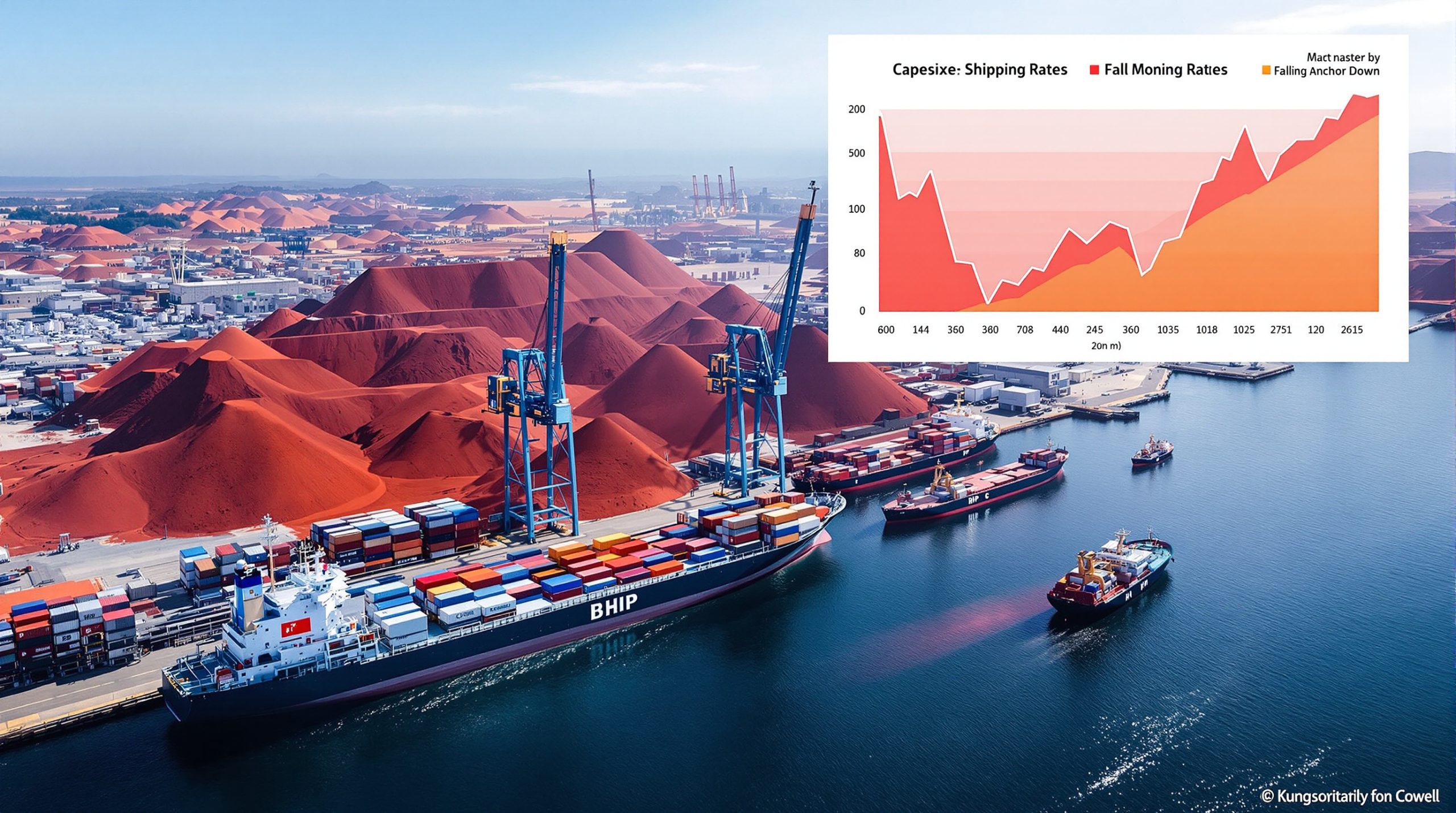Understanding Solid-State Battery Technology
Solid-state batteries represent the next evolution in energy storage technology, distinguished primarily by their use of solid electrolytes instead of the liquid or gel electrolytes found in conventional lithium-ion batteries. This fundamental difference creates significant advantages in safety, energy density, and charging capabilities that make them particularly attractive for high-performance applications.
Unlike traditional lithium-ion batteries that use flammable liquid electrolytes, solid-state batteries eliminate this fire risk by using ceramic, glass, or solid polymer electrolytes. This structural change allows for more compact designs with theoretical energy densities 2-3 times greater than current commercial batteries, potentially extending electric vehicle ranges beyond 500 miles on a single charge.
Despite these promising advantages, solid-state battery technology faces significant commercialization challenges, particularly at the critical interfaces between battery components—where copper foil plays an essential role.
The Critical Role of Copper Foil in Solid-State Batteries
Copper foil serves as the anode current collector in solid-state battery architecture, forming a crucial interface with the solid electrolyte. This seemingly simple component significantly impacts overall battery performance, efficiency, and lifespan through its electrical conductivity, surface properties, and structural stability.
The technical requirements for copper foil in solid-state batteries differ substantially from those in conventional lithium-ion batteries. While traditional batteries can utilize standard copper foil, solid-state configurations demand specialized variants with enhanced surface characteristics, superior temperature resistance, and improved interface compatibility.
As the industry accelerates toward commercial solid-state battery production, these specialized copper foil requirements have become a critical focus area for materials innovation. Additionally, recent copper price insights suggest that market dynamics will play an important role in the development of this technology.
What Makes Copper Foil Technology Essential for Next-Generation Batteries?
Technical Challenges at the Solid-Solid Interface
One of the most significant hurdles in solid-state battery development is managing interface impedance—the resistance that occurs at the boundary between the solid electrolyte and current collector. According to the latest industry developments from Jiayuan Technology, this interface impedance presents a substantial bottleneck in achieving optimal battery performance.
The solid-solid interface creates unique challenges not present in liquid-electrolyte systems:
- Insufficient contact area between the copper foil and solid electrolyte
- Structural instability under high-temperature and high-voltage conditions
- Interface failure during thermal cycling and extended operation
These interface challenges directly impact battery power density, charge/discharge rates, and long-term durability—making specialized copper foil solutions essential for viable solid-state batteries.
Key Performance Indicators for Solid-State Battery Copper Foil
For copper foil to function effectively in solid-state battery environments, several critical performance parameters must be optimized:
- Surface area characteristics: Enhanced surface area improves electrical contact with the solid electrolyte, reducing interface impedance
- Temperature resistance thresholds: Must maintain structural integrity at operational temperatures exceeding 120°C
- Corrosion resistance: Required to prevent degradation in various solid electrolyte environments
- Mechanical stability: Must withstand volume changes during charging/discharging cycles
These performance indicators define the requirements for high-performance copper foil in advanced solid-state battery applications, driving manufacturers to develop specialized variants that address these unique challenges.
How Are Manufacturers Innovating Copper Foil for Solid-State Batteries?
High-Specific-Surface-Area Boundary-Expanding Copper Foil
In 2024, Jiayuan Technology launched a breakthrough product—high-specific-surface-area boundary-expanding copper foil—specifically designed to address the interface impedance challenges at the solid-solid boundary. This innovation represents a significant advance in solid-state battery materials.
The manufacturing process for this specialized copper foil involves proprietary surface treatments that substantially increase the effective contact area between the copper current collector and the solid electrolyte. This enhanced surface area directly addresses one of the primary bottlenecks in solid-state battery performance by reducing interface resistance.
Performance testing has demonstrated that these high-surface-area copper foils can significantly improve power density and reduce internal resistance compared to conventional copper foil products, making them particularly valuable for high-power applications like electric vehicles. Furthermore, recent lithium extraction innovation has complemented these advancements in creating more efficient battery systems.
Special Alloy Copper Foil Technologies
Beyond surface area modifications, manufacturers have developed specialized copper alloy formulations that enhance structural stability under the demanding conditions of solid-state battery operation. These alloy-based solutions incorporate carefully selected elements that improve high-temperature resistance and maintain mechanical integrity under high-voltage conditions.
The composition of these alloys is carefully engineered to:
- Maintain excellent electrical conductivity
- Enhance resistance to deformation at elevated temperatures
- Improve compatibility with various solid electrolyte chemistries
- Prevent interface degradation during extended cycling
These special alloy copper foils are particularly well-suited for high-energy-density solid-state battery systems where thermal management and structural stability are critical concerns.
Double-Sided Nickel-Plated Copper Foil
In 2025, Jiayuan Technology introduced another innovation—double-sided nickel-plated copper foil—specifically designed to address high-temperature operation and corrosion resistance challenges in solid-state battery environments.
This manufacturing technique involves precisely controlled electroplating processes that deposit uniform nickel layers on both sides of the copper substrate. The nickel coating serves multiple functions:
- Creates a protective barrier against corrosive elements in the battery
- Enhances high-temperature performance stability
- Improves adhesion with solid electrolyte materials
- Reduces interface degradation during thermal cycling
Compared to standard copper foil products, these nickel-plated variants demonstrate superior longevity and performance stability under the demanding conditions of solid-state battery operation, particularly in applications requiring extended cycle life and thermal resilience. In fact, recent battery recycling breakthrough technologies are being designed with these advanced materials in mind.
Which Companies Are Leading the Solid-State Battery Copper Foil Market?
Jiayuan Technology's Market Position and Innovations
Jiayuan Technology has established itself as a frontrunner in the specialized copper foil in solid-state batteries market. According to industry reports, the company has achieved significant commercial progress, with its products now matched with five top-tier battery enterprises as of mid-2025.
The company's product portfolio includes three key innovations:
- High-specific-surface-area boundary-expanding copper foil (launched 2024)
- Special alloy copper foil for high-voltage stability
- Double-sided nickel-plated copper foil (launched 2025)
Jiayuan has solidified its market position through strategic partnerships, most notably a joint venture with CATL (Contemporary Amperex Technology Co. Limited), one of the world's largest battery manufacturers. This partnership, known as the Jiayuan Times project, significantly expands production capacity and strengthens Jiayuan's position in the supply chain.
"Jiayuan Technology has made commercial progress in copper foil for solid-state batteries, with products matched with five top-tier battery enterprises."
— SMM News Article, July 1, 2025
Other Key Players in the Copper Foil Industry
While Jiayuan Technology has gained significant attention, several other manufacturers are actively developing and deploying specialized copper foil products for solid-state battery applications:
- Nord Corporation: Focusing on ultra-thin copper foil technologies with specialized surface treatments
- Tongguan Copper Foil: Developing high-purity alloy formulations for enhanced performance
- AMTech: Pioneering advanced manufacturing processes for precise control of surface characteristics
This competitive landscape is driving rapid innovation in the sector, with each company pursuing slightly different technological approaches to address the unique challenges of solid-state battery interfaces. These developments are reshaping the entire battery metals landscape for investors and manufacturers alike.
What Applications Are Driving Demand for Advanced Copper Foil?
Electric Vehicle Applications
The primary driver for specialized copper foil in solid-state batteries is the electric vehicle sector, where solid-state technology promises to address key limitations of current lithium-ion batteries. The automotive industry has specific requirements for solid-state battery components:
- Extended operational temperature range for varied climate conditions
- Enhanced safety performance to reduce thermal runaway risks
- Higher energy density to increase driving range
- Faster charging capabilities for improved user experience
These demanding requirements necessitate specialized copper foil solutions that can withstand the challenging conditions of automotive battery systems while maintaining performance over thousands of charge cycles and years of operation.
Major automakers and battery manufacturers are currently qualifying these specialized copper foil products for integration into next-generation EV battery systems, with commercial deployment timelines ranging from 2026-2030 depending on the specific solid-state chemistry being employed. Additionally, battery-grade lithium refinement processes are evolving alongside these developments to ensure a complete supply chain.
Emerging Applications in the Low-Altitude Economy
Beyond ground transportation, a new frontier for solid-state battery application is emerging in the low-altitude economy, particularly electric vertical takeoff and landing (eVTOL) aircraft. According to recent breakthroughs from Hailiang, Jiayuan's high-temperature-resistant copper foil products are already being tested in eVTOL applications.
The aerospace sector presents even more stringent requirements than automotive applications:
- Extreme weight sensitivity requiring maximum energy density
- Exceptional safety standards to prevent catastrophic failures
- Operation across wider temperature and pressure ranges
- Resilience to vibration and mechanical stress
These demanding specifications make specialized copper foil technology particularly valuable for aerospace applications, where performance margins directly impact vehicle capabilities and safety.
Testing programs for these aerospace applications involve rigorous validation under simulated flight conditions, with multiple charging/discharging cycles at varied altitudes, temperatures, and power demands to ensure reliability in operational environments.
How Is Production Capacity Evolving to Meet Growing Demand?
Current Manufacturing Landscape
The specialized copper foil manufacturing sector is rapidly scaling to meet anticipated demand from solid-state battery producers. Current global production capacity for high-performance copper foil suitable for solid-state applications remains limited, creating potential supply constraints as commercialization accelerates.
Manufacturing facilities for specialized copper foil are primarily concentrated in East Asia, with China, South Korea, and Japan leading production capacity development. This regional concentration creates both opportunities and challenges for the global supply chain:
- Advantages: Proximity to major battery manufacturers
- Challenges: Potential supply chain vulnerabilities during geopolitical tensions
The production of these specialized materials requires substantial capital investment in precision equipment, clean manufacturing environments, and advanced process control systems—creating significant barriers to entry for new market participants.
Jiayuan Times Project Case Study
A prominent example of capacity expansion is the Jiayuan Times project—a strategic joint venture between Jiayuan Technology and CATL (Contemporary Amperex Technology Co. Limited). This collaboration leverages Jiayuan's material expertise with CATL's market position and capital resources.
The project's production capacity details include:
- Total planned capacity: 100,000 metric tons annual production
- First phase (Workshop No.3):
- First production line (12,500 mt annual capacity): Currently in production
- Second production line (12,500 mt annual capacity): Under installation
This phased expansion approach allows for gradual scaling of production in alignment with market demand growth, while also incorporating learnings from initial manufacturing operations into subsequent production lines.
The Jiayuan Times project represents one of the most significant investments in specialized copper foil manufacturing capacity globally, positioning the joint venture to capture substantial market share as solid-state battery production scales.
What Are the Future Trends in Copper Foil for Solid-State Batteries?
Technological Development Roadmap
The development of copper foil technology for solid-state batteries continues to evolve along several key trajectories:
- Ultra-thin foil development: Reducing thickness below 6μm while maintaining mechanical integrity
- Advanced surface modification techniques: Nano-structured surfaces for enhanced interface properties
- Novel alloy formulations: Incorporating elements that improve high-temperature stability
- Composite and multi-layer structures: Combining multiple materials for optimized performance
Research efforts are particularly focused on manufacturing processes that can produce these advanced materials at commercially viable costs and volumes. Innovations in roll-to-roll processing, precision coating, and quality control systems are critical enablers for the next generation of copper foil products.
Market Growth Projections
The market for specialized copper foil in solid-state batteries is expected to experience exponential growth as solid-state battery technology moves from laboratory and pilot production to commercial scale manufacturing. Industry analysts project several key trends:
- Accelerating demand growth: Beginning 2026-2027 as automotive solid-state batteries enter production
- Capacity expansion investments: Major copper foil manufacturers committing substantial capital to new production lines
- Increasing technology specialization: Market segmentation based on specific solid-state chemistries and applications
This market evolution correlates directly with solid-state battery commercialization timelines, with significant volume production expected by 2028-2030 as multiple automotive OEMs deploy the technology in premium electric vehicles.
"The field of copper foil for solid-state batteries is accelerating, with numerous companies actively deploying in this space."
— SMM News Article, July 1, 2025
FAQ About Copper Foil in Solid-State Batteries
What makes copper foil for solid-state batteries different from conventional copper foil?
Copper foil for solid-state batteries features specialized surface treatments, alloy compositions, and manufacturing processes that address the unique challenges of solid-solid interfaces. Key differences include:
- Enhanced surface area characteristics to maximize contact with solid electrolytes
- Special alloy formulations for high-temperature stability
- Surface coatings (like nickel plating) for improved corrosion resistance
- Tighter tolerances for thickness and surface quality
These specialized properties are essential for addressing the interface impedance and stability challenges unique to solid-state battery environments that aren't present in conventional lithium-ion batteries with liquid electrolytes.
How does copper foil affect solid-state battery performance?
Copper foil directly impacts several critical performance parameters in solid-state batteries:
- Charging speed: Lower interface impedance enables faster charge/discharge rates
- Energy density: Thinner foils with good mechanical properties increase volumetric energy density
- Cycle life: Surface stability affects long-term degradation mechanisms
- Temperature performance: Alloy composition influences high-temperature operational limits
The quality of the copper foil-electrolyte interface is particularly crucial, as poor interface properties can substantially reduce overall battery efficiency regardless of the quality of other components.
Which manufacturers are currently supplying copper foil for solid-state batteries?
The specialized copper foil market for solid-state batteries includes several key players:
- Jiayuan Technology: Supplying five top-tier battery enterprises with specialized products
- Nord Corporation: Active in developing proprietary surface treatment technologies
- Tongguan Copper Foil: Focusing on high-purity copper alloy solutions
- AMTech: Specialized in precision manufacturing processes
Each manufacturer offers slightly different technological approaches and product characteristics, creating a competitive landscape that continues to drive innovation in the sector.
What are the main technical challenges in developing copper foil for solid-state batteries?
Developers of specialized copper foil face several persistent technical challenges:
- Interface impedance optimization: Creating surface properties that minimize resistance at the solid-solid boundary
- High-temperature stability: Maintaining structural and electrical properties at elevated temperatures (>120°C)
- Corrosion resistance: Ensuring long-term stability in contact with various solid electrolyte chemistries
- Manufacturing scalability: Producing advanced materials with consistent quality at commercial volumes
Addressing these challenges requires interdisciplinary expertise spanning materials science, electrochemistry, and precision manufacturing—driving ongoing research and development investments across the industry.
Further Exploration
Readers interested in the evolving landscape of advanced battery materials can explore additional resources from industry authorities like Shanghai Metal Market (SMM), which provides regular market intelligence on developments in specialized copper foil and other critical battery components.
As solid-state battery technology moves closer to commercial reality, the importance of these specialized materials will only increase—creating both challenges and opportunities throughout the battery supply chain.
Ready to Discover the Next Major Mineral Opportunity?
Stay ahead of the market with Discovery Alert's proprietary Discovery IQ model, delivering instant notifications on significant ASX mineral discoveries and turning complex data into actionable insights. Explore historic examples of exceptional returns by visiting our dedicated discoveries page and begin your 30-day free trial today.




